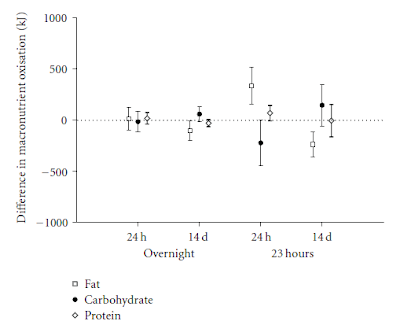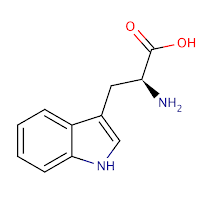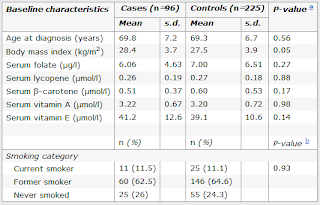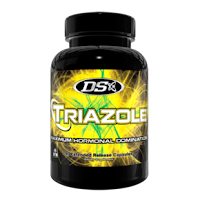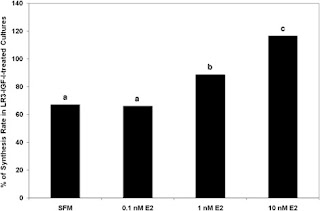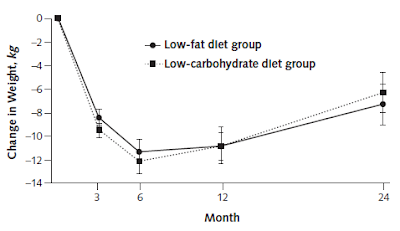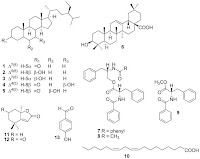No Effect of L-Carnitine on Fat Loss or Body Composition in Obese Women

After last weeks "bad" news on L-Cartinine L-Tartrate the supplement industry, which is still promoting various kinds of l-carnitines as fat loss aids, just received another beating. In a double-blind randomized placebo study Villani et al. (Villani. 2010) investigated the effects of 8 weeks of 2g/day l-carnitine supplementation on body composition, resting energy expenditure (REE) and substrate utilization of 18 premenopausal women walking @60-70% of their maximum heart rate 4x a week: Figure 1: Chemical structure of L-Carnitine (HMBD v2.5) For the subjects who completed the study (15 P, 13 L-C), no significant changes in mean total body mass (TBM), fat mass FM, and resting lipid utilization occurred over time, nor were there any significant differences between groups for any variable. Conversely REE increased significantly for all subjects, but no between group differences existed . Five of the L-C group experienced nausea or diarrhea and consequently did ...






